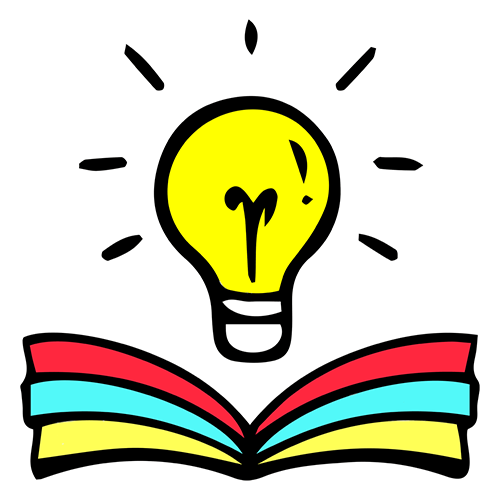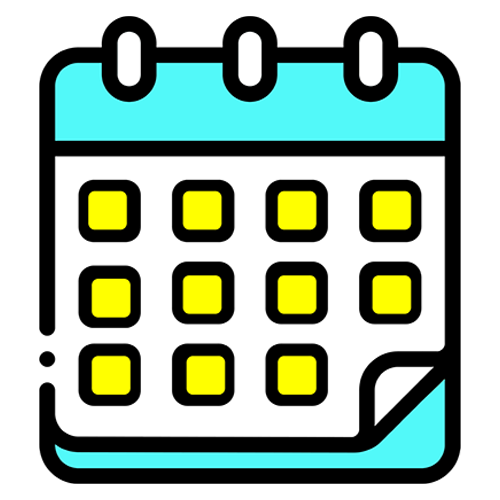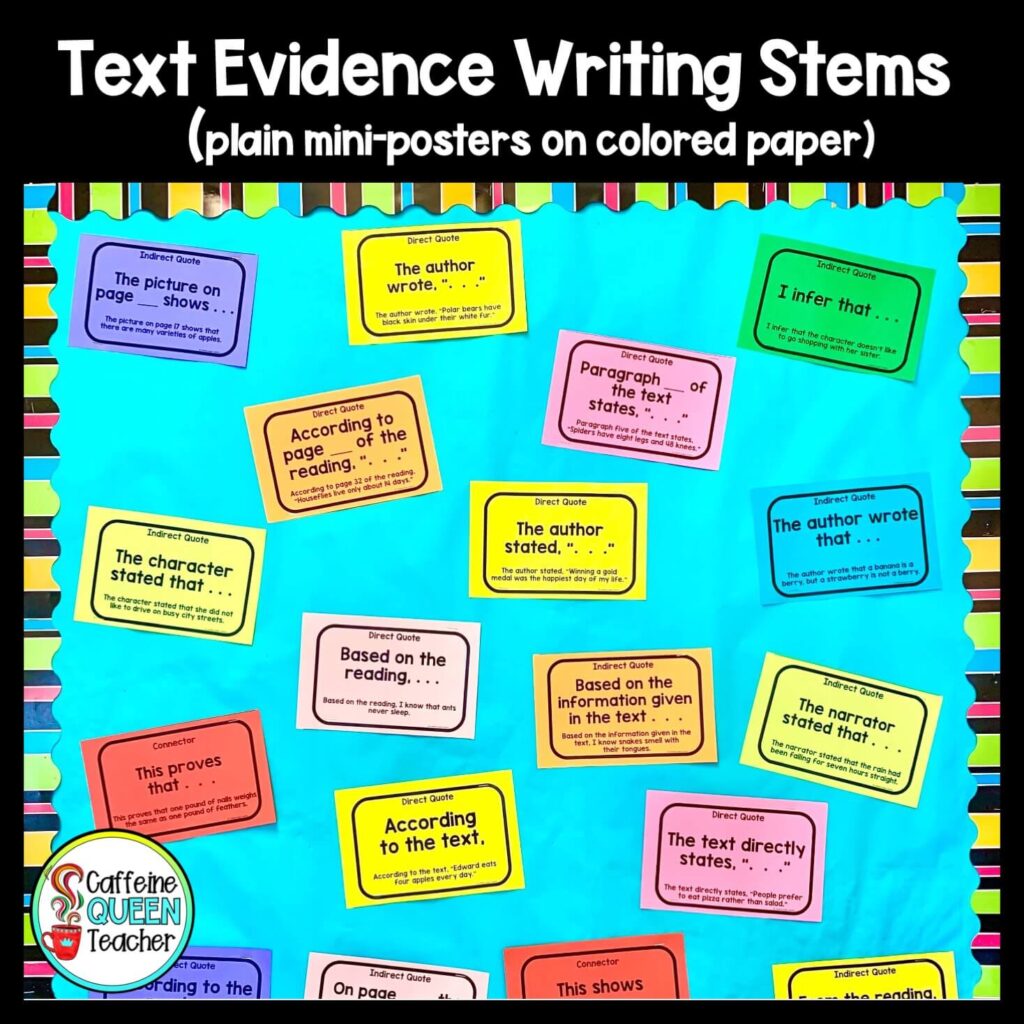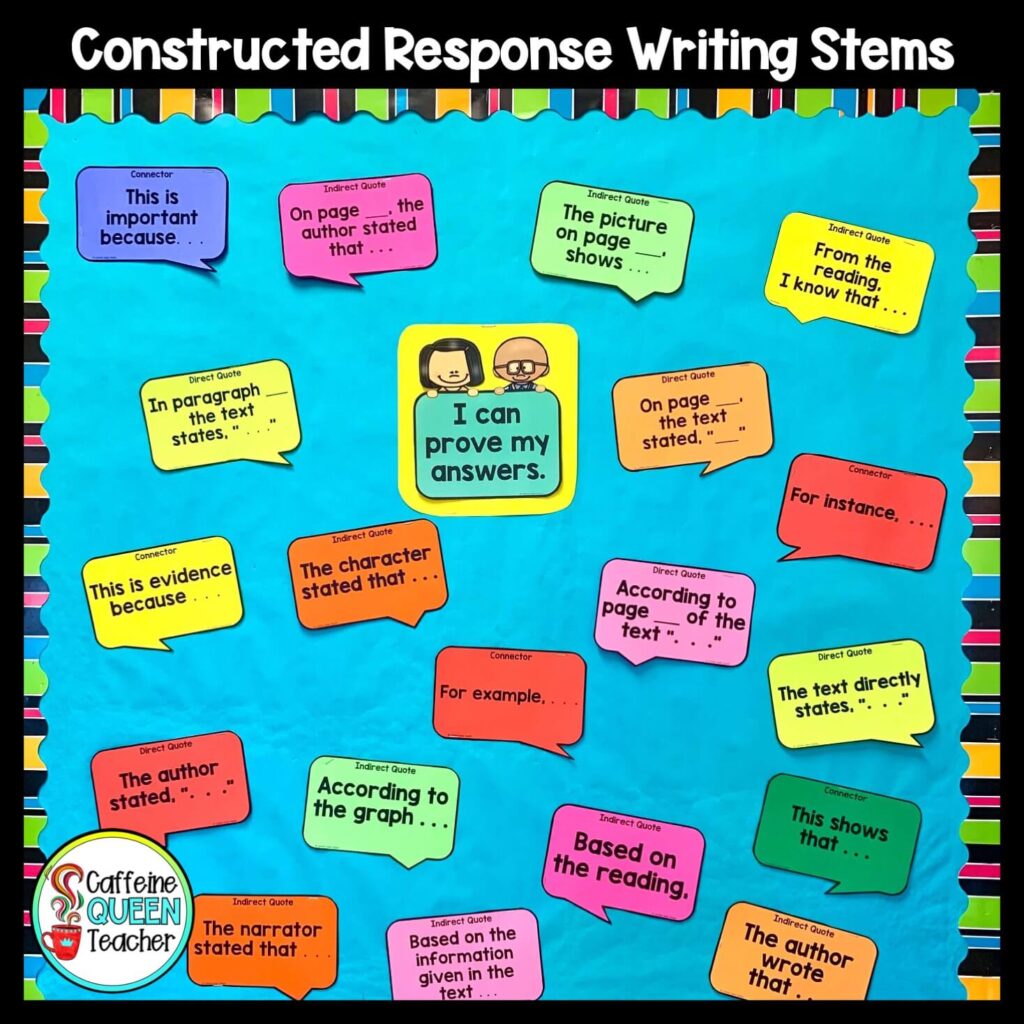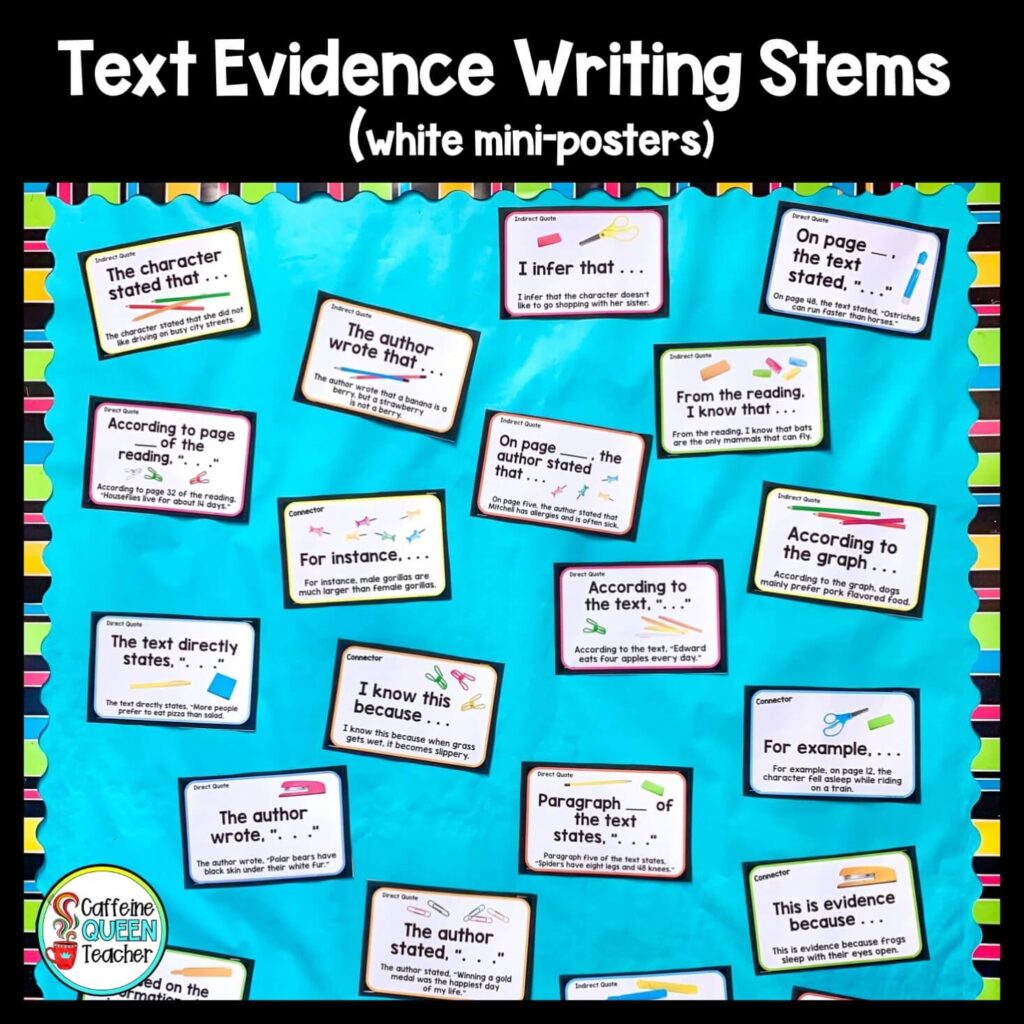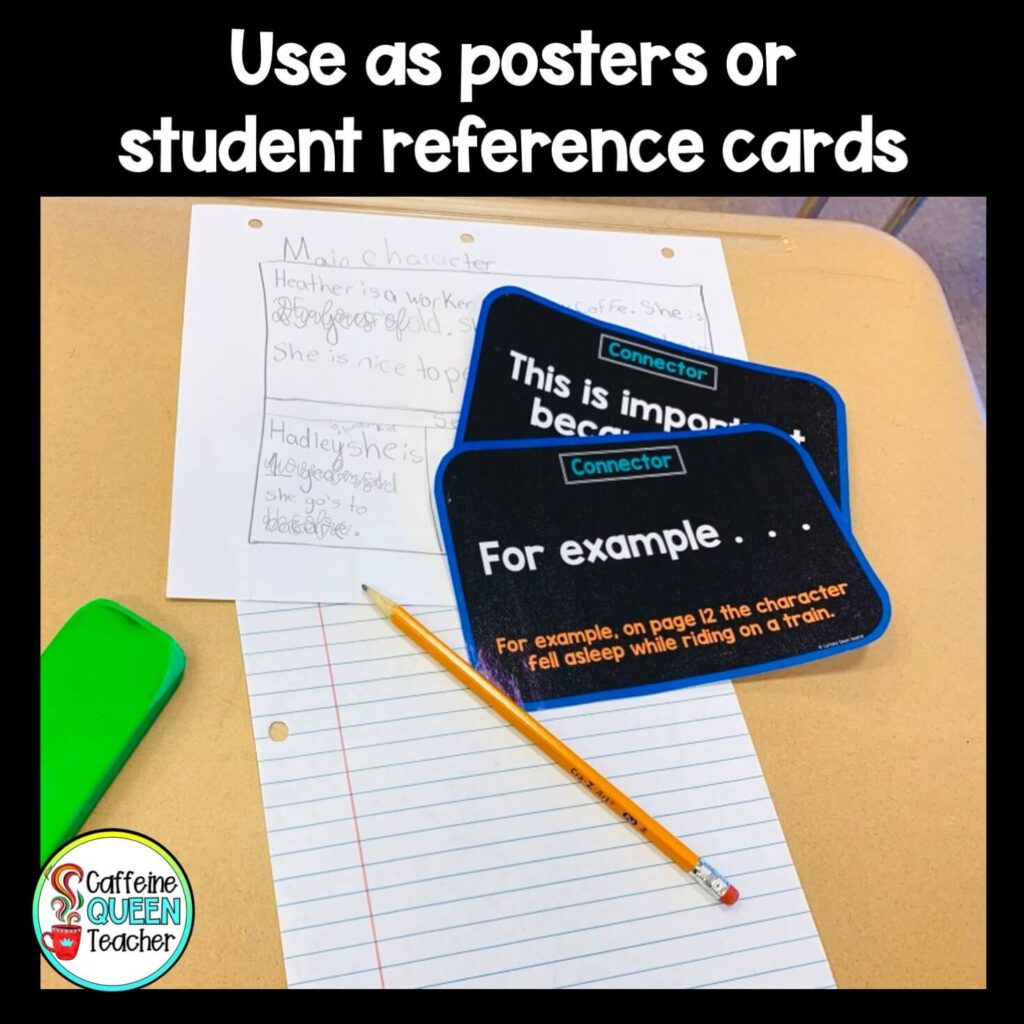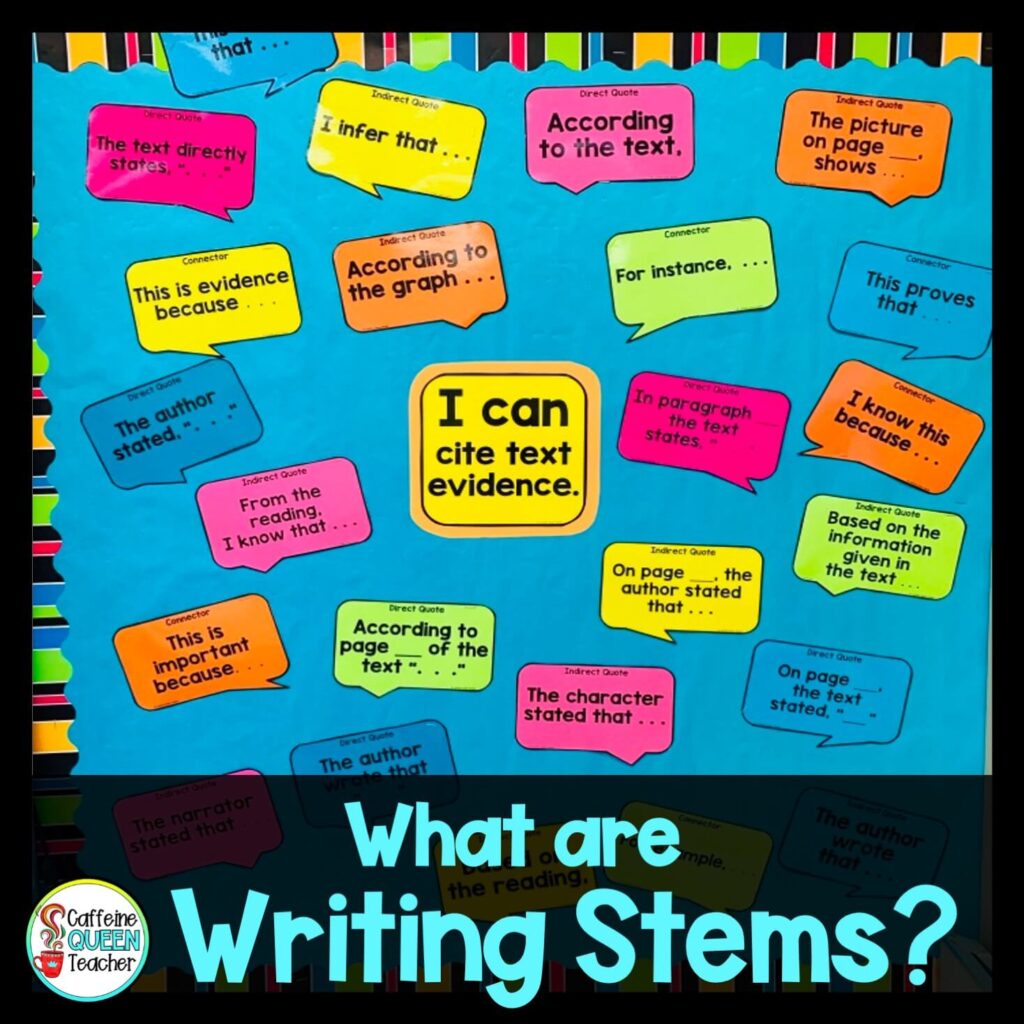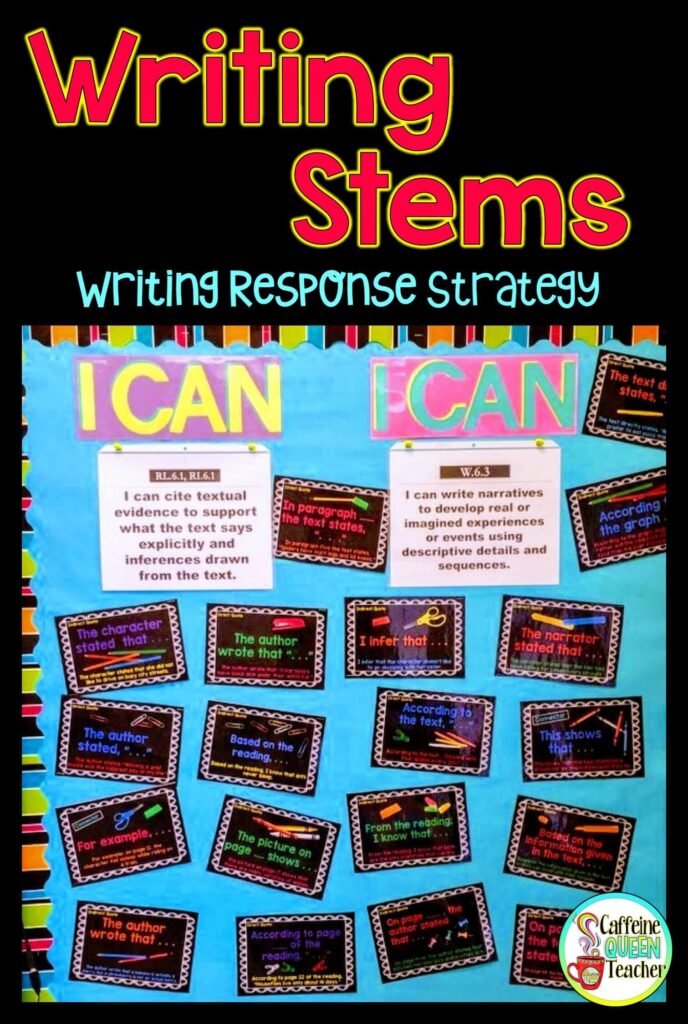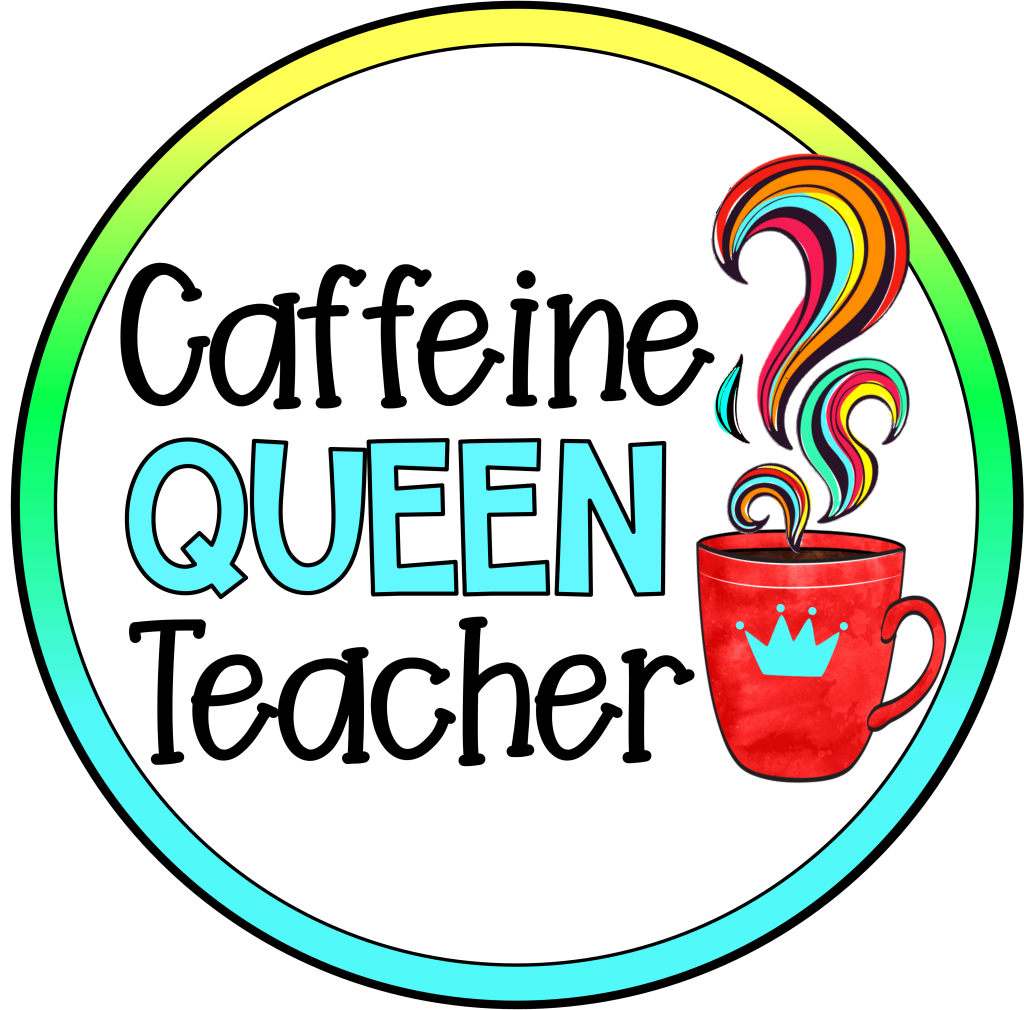Help students answer constructed response questions as they cite evidence from the text. Learn how to use sentence starters in class.
Something I often repeat during reading class is: “Cite your evidence” and “You need to PROVE your answer.” In addition, state test questions often ask students to “use information from the reading” to prove their answers.
Citing Text Evidence is hard work.
Students tend to write answers without referring back to information from the reading. They need to cite evidence directly from the text to support their responses to questions. Students are stuck before they even get started!
- accurately understand and interpret the question
- identify important information in the reading
- develop a quality written response that proves that they know the answer
That’s a lot of skills!
I’ve seen students write, “The proof is . . . .” and “Here is the proof.” I’d like them to be smoother when citing evidence, so I introduced them to some writing stems.
Writing stems are sentence starters.
I’ve discovered with my students that they’ve learned how to find the answer in the text (we practice that skill a lot!), but students still can’t seem to get the answers from their heads to their papers.
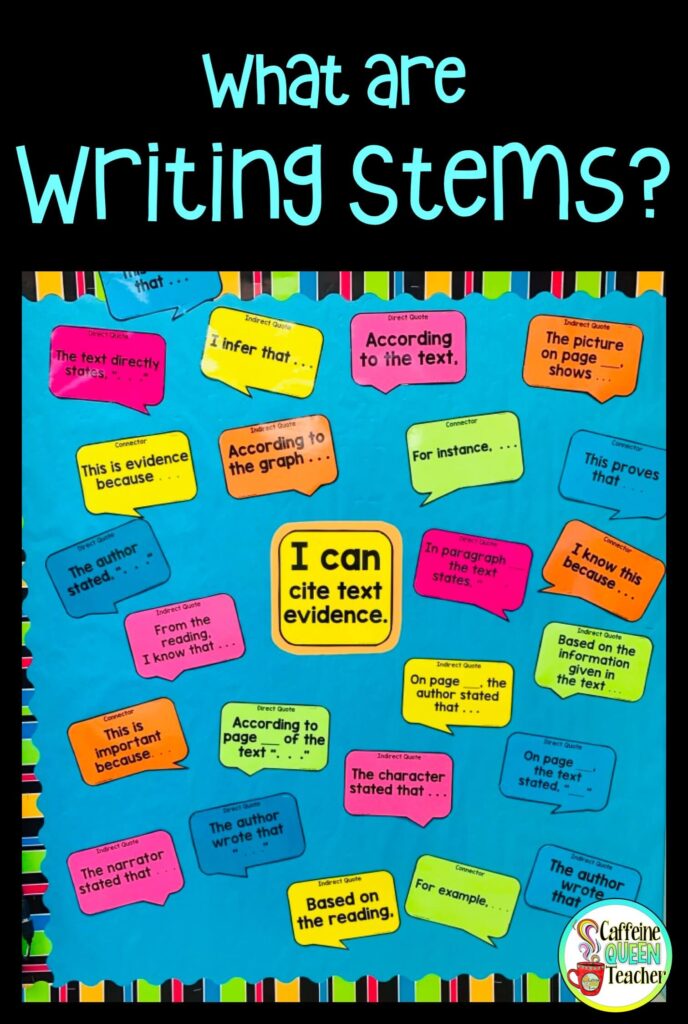
I’ve found that simple posters are helpful to students as they develop quality written answers.
Writing stems give students a starting place when citing evidence from a text.
Citing evidence is difficult for many students. Even when they can find the evidence in the text, they aren’t sure how to put it into words. The mini-posters and small individual task card-sized cards eliminate the uncertainty and give students confidence.
Using writing stems in class
When I first introduced the sentence starters to my class, I gave them a short nonfiction passage to read. I kept it short because I planned to focus mainly on the writing rather than comprehending a difficult text. After reading the passage together, I modeled how to answer text-based questions using several writing stems.
On the second day of practice, I chose a nonfiction article about golden snub-nosed monkeys and wrote the following question on the board: “Explain two facts that you learned from the text.” (Yes, I know it’s an easy question – but once again, my focus is on the writing!)
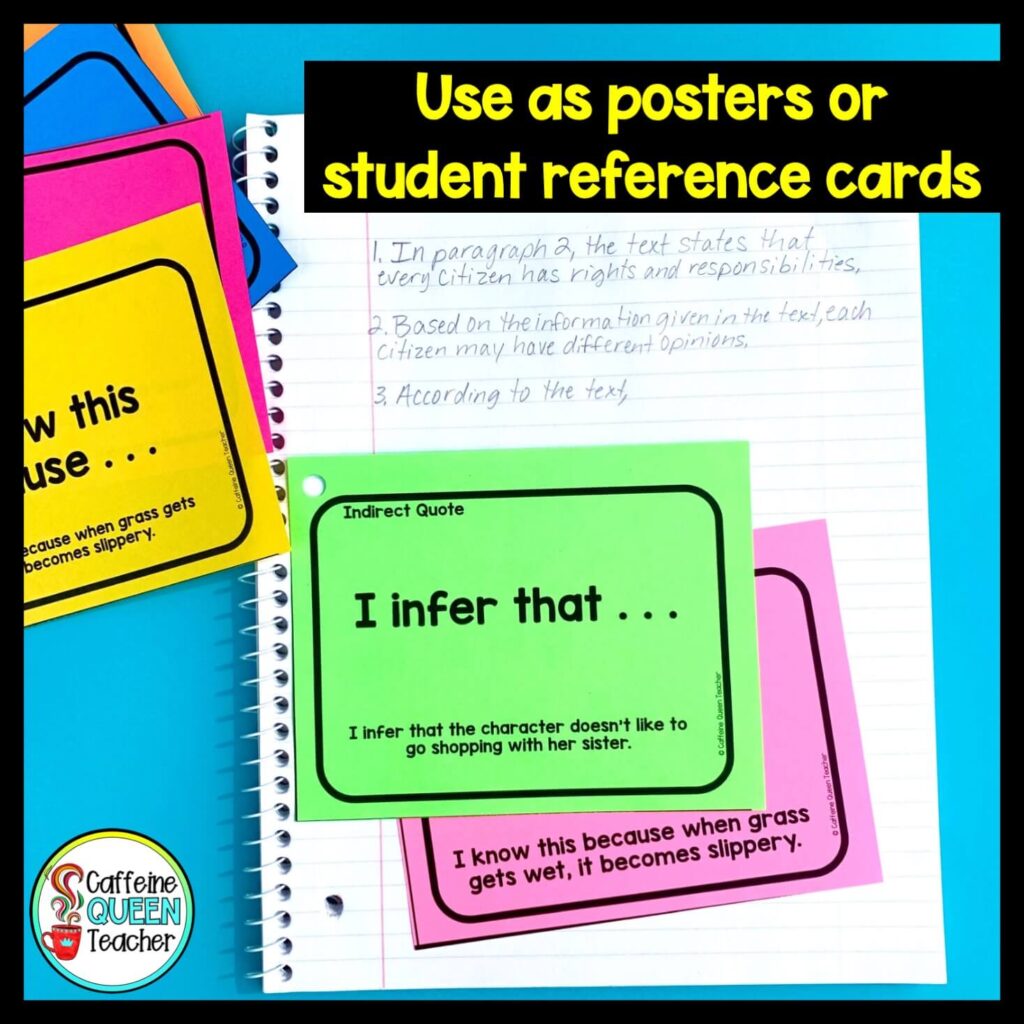
As I modeled the steps and procedure, I shared my thoughts aloud. Students must understand and follow how I put my thoughts together and organize them for writing.
Lots of practice with writing stems
Modeling is essential as you teach students to cite text evidence. You’ll find that students mimic your thinking and writing. Practice, practice, practice this skill. Overlearning is important to make sure students don’t forget over time.
Students must practice wording the answers in several different ways. I wanted my students to realize that there’s more than one correct way to write their answers.
Even though there are many different writing stems, I encourage students to choose just a few favorites and get comfortable using them. Then, with practice, students will naturally branch out and develop their own style without relying on reference posters or cards.
You may find that you must teach students how to quote the text directly. Depending on your students’ age and skill level, they will need to know how to quote directly from the text and paraphrase (indirect quote) from the reading.
Writing stems are perfect for all subject areas, especially science and social studies or history. Constructing quality responses and proving answers are skills students need to provide quality, top-notch answers in all class settings. While these are reading and writing skills, they aren’t just for reading and writing classes!
Constructed response student reference cards
Sometimes you may find it convenient to make smaller-sized student reference cards. The small posters can be printed the size of task cards by changing printer or copier settings. I often change the settings to print two pages worth of cards on one page. On a small printer, you change the layout and print two pages per page. Shrink the pages to 50% or 75% on a school copier to get the desired size. Hole-punch them and add a book ring.
Writing stems provide confidence for students.
Citing evidence is an essential part of the Common Core standards, and even good readers need a lot of practice with this skill. By displaying posters in the classroom, teachers provide working references for students that are easy and available to use.
Sentence starters give students confidence and a starting point for writing their answers.
As with any new strategy, students need repeated practice with new skills, reinforcement, and feedback. With practice, their answers get better and better.
Thinking stems for group discussions
As we talk and discuss reading passages together as a group, we use the bulletin board reference posters as thinking stems. I remind students that we call them thinking stems while we’re thinking and talking, and we refer to the sentence starters as writing stems when constructing written responses.
Whether they’re being discussed orally or written out, the purpose of the writing and thinking stems is to communicate text evidence to others.
Related articles to learn more
How to Teach Students to Cite Text Evidence is a step-by-step guide for teaching students to identify textual evidence and support answers to text-based questions with text evidence from passages.


